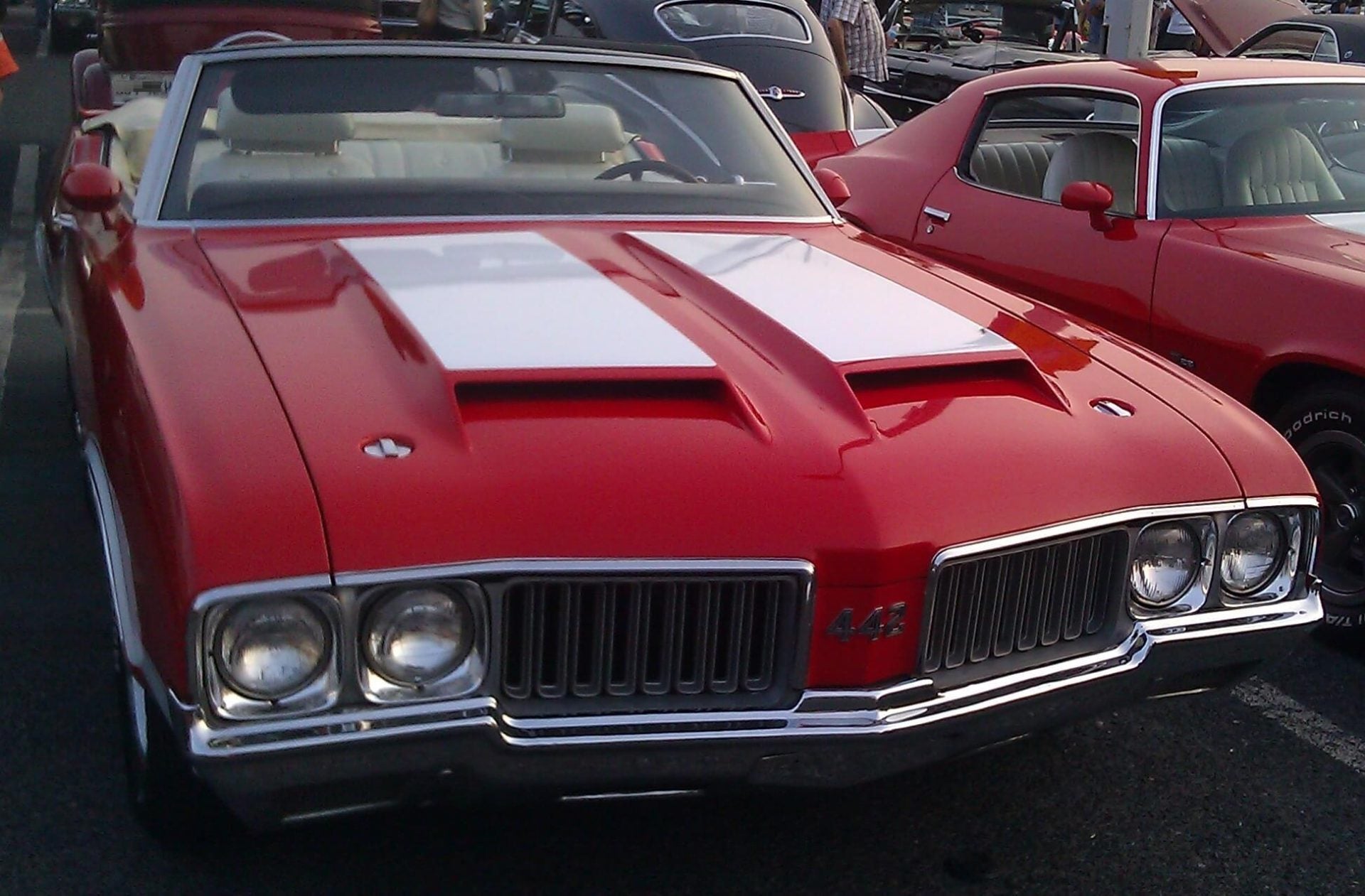General Motors and Chrysler used an alphabetical system for categorizing families of cars that share the same chassis/platform. What started out as a simple, two-letter labeling system when it was started in 1926 by GM has changed, grown, and adapted to accommodate new advances in technology and new body types.
Today, it can be confusing to figure out which body type the generation of your car falls into, especially because the same letters have been used for vastly different cars over the years. Because of the complicated nature of the body types, the year of your vehicle will determine where it fits into the history of General Motors or Mopar body type designation codes. You must know the year, make, and model in order to properly identify which body type your vehicle has.
GENERAL MOTORS BODY TYPE HISTORY
GM vehicles have shared styles and platforms for a long time. In 1926, GM started using A- and B-body platform codes to unite similar chassis types across their multiple makes. This allowed them to streamline their product lines and standardize parts and accessories for each body style, and they could apply the codes to the service and owner manuals.
In 1936, the C and D-body platform codes were added. This was the first standard set of alphabetical codes (A, B, C, and D), and these four codes were sufficient to cover all of the chassis types GM produced at that time.
Originally, both the A-body and B-body were used for full-size cars, so in 1959, the B-body became the standard for full-size vehicles and the A-body was discontinued. The A-body made its return in 1964 as the standard for midsize cars.
It was in 1960, with the growth of the automotive industry, that the simple four-code system became more complicated as GM started to innovate and create new body styles to keep up with consumer demand. The year of the car and the body style became interdependent as the body-type coding system changed. Throughout the following decade, some cars changed from their original body type label.
At this time, the four-code system grew to include the letters E, F, G, X, and Y. The E-body was introduced in 1963 for the Buick Riviera. The F-body was introduced in 1967 for the new Chevrolet Camaro and Pontiac Firebird models, while the G-body was introduced in 1969 for the redesigned Pontiac Grand Prix. The Y-body was introduced in 1961 for Buick, Oldsmobile and Pontiac and was used for compact cars like the Skylark, F-85 and Tempest models. In 1962, the X-body was introduced for other compact cars like the Chevy II and Chevy Nova.
During the first half of the ‘70s, GM added an H-body and a K-body. The H-body was used on cars like the Chevrolet Vega while the K-body was used in 1975 for the Cadillac Seville.
MOPAR BODY TYPE HISTORY
Like General Motors, Chrysler began using an alphabetic code to identify their family of cars. The practice began in the early ‘60s with A-body and B-Body types for vehicles like the Dodge Dart and Plymouth GTX, respectively.
Interestingly enough, the C-body dates back to 1960, but this platform was not officially named until 1965.
Throughout the years, Chrysler had to adapt its alphabetical system just like General Motors. In 1970, Chrysler introduced the E-body for the completely redesigned Plymouth Barracuda and new Dodge Challenger model. The first F-body evolved in 1976 with the introduction of the Dodge Aspen and Plymouth Volare.
Conclusion
The practice of defining body types was originally intended to simplify and streamline product lines among different makes of American cars. Because the manufacturers adapted their body styles throughout the years, the system became convoluted and confusing and the body-type of the car became dependent on the year of the vehicle.
In order to find the parts for your classic, you’ll need to determine what body type your car is, which is easy when you know the make, model, and year.


